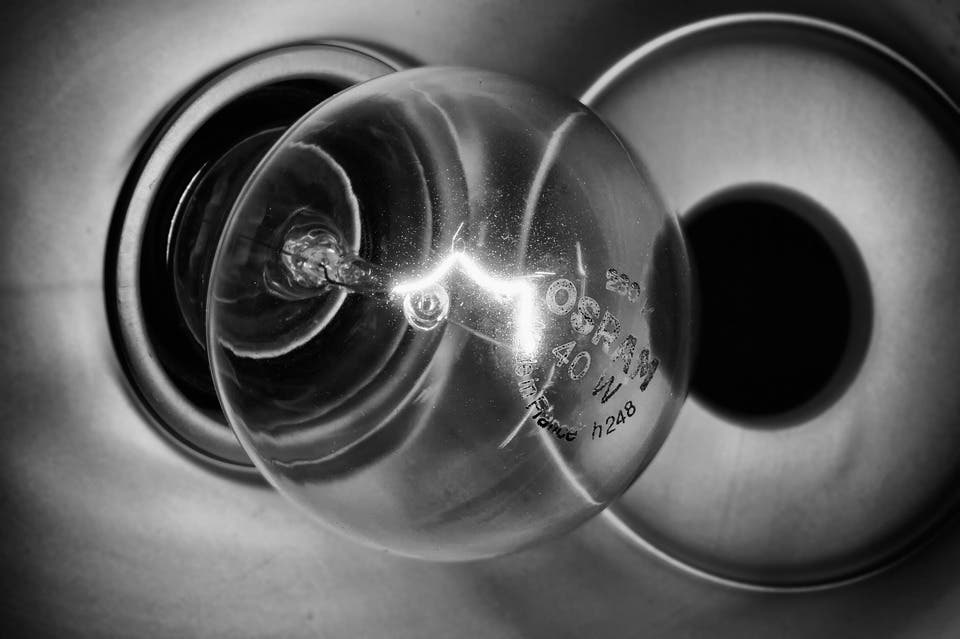Australian physicists at the University of Sydney converted information encoded in pulses of light into sound waves on the same computer chip. The process also worked in reverse. The research is considered a breakthrough in light-based computing which uses photons instead of electrons to relay bits.
Light-based electronics are very appealing to the industry since photons can theoretically enable data transmission that’s an order of magnitude greater. A photon-computer could, for instance, be up to 20 times faster than the transistors operating on electrons inside your laptop. Li-Fi, a technology which uses light in routers, can be up to 100 times faster than WiFi.
Right now, transistors are nearing the limit of miniaturization silicon can accommodate. Mass produced computer chips nowadays have embedded transistors that are only 14 nanometers across. That’s only 70 silicon atoms wide.
Light-based computers are thus one possible solution to the otherwise impending halt for “Moore’s Law” — an axiom that suggests that the electronic devices double in speed and capability about every two years. It hasn’t been proven wrong in the last 40 years but the observation can’t remain viable forever.
If we make sure Moore’s Law is still kicking another 40 years though, the possibilities could be enormous.
A very light chip
There are challenges to building a photon chip, though. Ironically, photons are too fast to be read by microprocessors. And yes, fiber optic cables do use light waves to carry information but these are immediately slowed down into electrons for computers to swallow.
Before we can achieve photon-computer status, we have to jump through some hoops. An important intermediate step was recently achieved by a team led by Dr Birgit Stiller, a research fellow at the University of Sydney.
Stiller and colleagues transferred information from the optical to the acoustic domain and back again inside a chip, as described in Nature Communications.
“The information in our chip in acoustic form travels at a velocity five orders of magnitude slower than in the optical domain,” said Dr Stiller said in a press release.
“It is like the difference between thunder and lightning,” she said.
This delay actually proves useful considering the state of the art right now. It gives the computer chip enough breath to store and manage the information for later processing, retrieval and further transmission as light waves. The video below gives you a glimpse of how all of this works.
“This is an important step forward in the field of optical information processing as this concept fulfills all requirements for current and future generation optical communication systems,” said Professor Benjamin Eggleton, study co-author.










